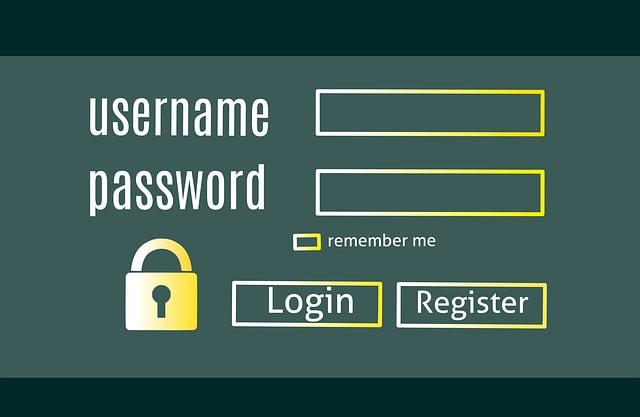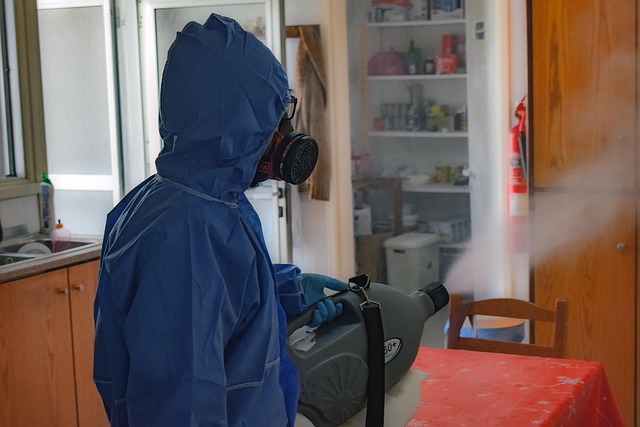Patient safety checks are crucial for ethical healthcare, identifying risks and errors through regular, comprehensive assessments. Protocols guide medical practices, ensuring standardization and trust. Checklists streamline procedures and reduce human errors, while digital tools like EHRs and AI enhance monitoring and intervention. Continuous monitoring, updates, and audits maintain high standards, fostering a culture of accountability and improving patient outcomes.
Ensuring ethical practices in healthcare is paramount, and at the heart of this lies a robust system of patient safety checks. This comprehensive guide explores key strategies to uphold ethical standards. We delve into the significance of patient safety checks as a cornerstone for delivering quality care, discussing protocols that safeguard patients, and the power of comprehensive checklists in preventing errors.
Additionally, we examine how technology is revolutionizing patient safety measures and emphasize the importance of continuous monitoring and improvement for sustainable ethical practices.
- Understanding Patient Safety Checks: A Cornerstone of Ethical Healthcare
- The Role of Protocol in Safeguarding Patients
- Implementing Comprehensive Checklists for Error Prevention
- Technology's Impact on Enhancing Patient Safety Measures
- Continuous Monitoring and Improvement for Ethical Practices
Understanding Patient Safety Checks: A Cornerstone of Ethical Healthcare

Patient safety checks are a fundamental aspect of ethical healthcare, serving as the cornerstone for ensuring quality and integrity in patient care. These checks are designed to identify potential risks or errors that could negatively impact patients, empowering healthcare professionals to take proactive measures. By implementing rigorous patient safety protocols, medical facilities can foster an environment where ethical practices thrive.
Regular and comprehensive patient safety checks allow for continuous monitoring of various processes, from medication administration to surgical procedures. This proactive approach enables healthcare providers to identify system flaws, improve communication among teams, and enhance overall patient outcomes. Ultimately, these checks promote a culture of accountability, where every member of the healthcare team is committed to upholding ethical standards in their daily practices.
The Role of Protocol in Safeguarding Patients

Protocols play a pivotal role in safeguarding patients within healthcare settings, acting as a framework for consistent and ethical practices. These established guidelines ensure that medical professionals adhere to best practices, thereby minimizing risks and promoting patient safety checks. By implementing robust protocols, healthcare institutions can maintain high standards across various aspects, from diagnosis to treatment and care delivery.
Through detailed, evidence-based protocols, patients receive uniform and reliable care regardless of the practitioner they encounter. This standardization fosters trust, ensuring that every interaction aligns with ethical principles and regulatory standards. Regularly reviewing and updating these protocols is essential to incorporate new research, technologies, and patient safety insights, thus adapting to evolving healthcare landscapes.
Implementing Comprehensive Checklists for Error Prevention

Implementing comprehensive checklists is a powerful strategy for healthcare providers to enhance patient safety checks and reduce medical errors. These checklists serve as a structured guide, ensuring that every step of a procedure or treatment is carefully considered and executed. By following a checklist, healthcare professionals can minimize oversights and potential risks, leading to improved patient outcomes.
Checklists provide a systematic approach to error prevention, especially in complex medical processes. They act as a visual reminder, promoting conscious decision-making and reducing the chances of human errors caused by haste or fatigue. Regularly updated and tailored to specific clinical settings, these checklists enable healthcare teams to maintain high standards and consistently deliver quality care.
Technology's Impact on Enhancing Patient Safety Measures

In today’s digital era, technology plays a pivotal role in enhancing patient safety measures across healthcare settings. Innovative tools and platforms are being developed to streamline processes, reduce errors, and improve overall care quality. For instance, electronic health records (EHRs) facilitate seamless sharing of patient information among healthcare providers, minimizing the risk of miscommunication or overlooked details during patient safety checks.
Advanced analytics and artificial intelligence (AI) further strengthen these measures by identifying patterns, predicting potential risks, and alerting healthcare professionals to anomalies. These technologies enable more proactive monitoring and intervention, thereby reducing medical errors and enhancing patient outcomes. As a result, integrating these innovations into standard practices becomes crucial for maintaining high standards of patient safety checks in modern healthcare settings.
Continuous Monitoring and Improvement for Ethical Practices

Healthcare organizations must embrace a culture of continuous monitoring and improvement to ensure ethical practices and patient safety checks are upheld. This involves regularly reviewing and updating policies, procedures, and guidelines to reflect the latest evidence and ethical standards. By implementing robust monitoring systems, healthcare providers can identify areas where practices might deviate from ethical principles and take prompt corrective actions. Regular audits and assessments help in gauging the effectiveness of implemented measures and identifying emerging ethical dilemmas.
This ongoing process facilitates a dynamic approach to ethics, allowing healthcare institutions to stay agile and responsive to changing patient needs, societal values, and advancements in medical knowledge. Through continuous improvement, organizations can foster an environment where ethical considerations are not just documented but actively embedded into the fabric of patient care, ultimately enhancing the overall quality and integrity of healthcare services.














